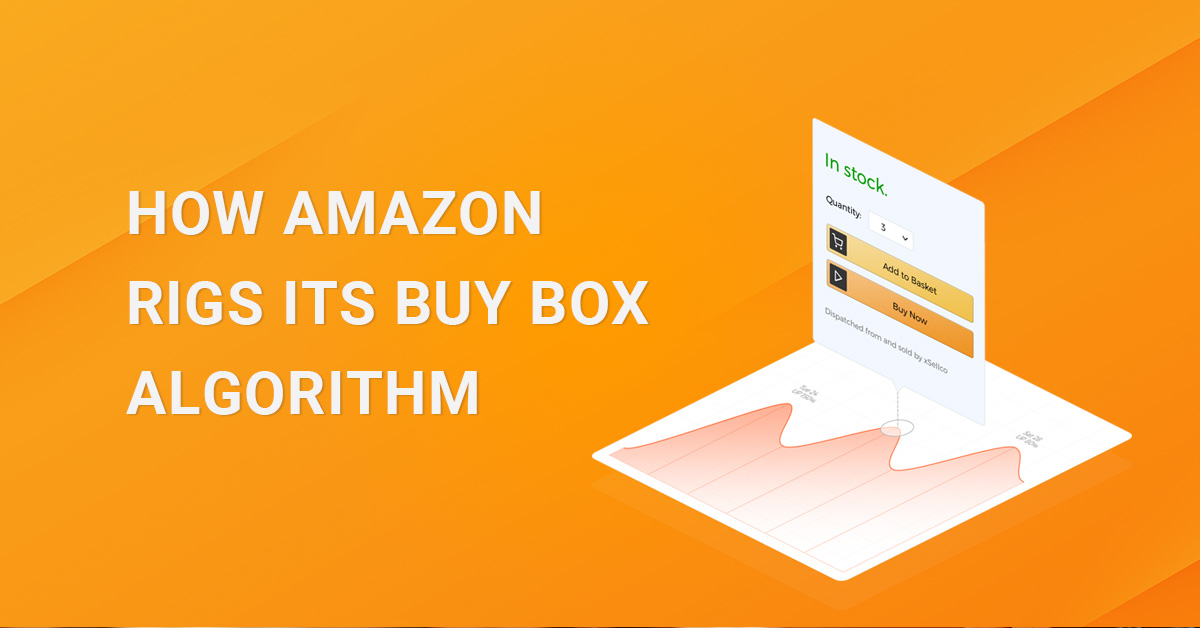Amazon uses “Buy Box” algorithm to its own advantage
For Amazon sellers winning the “Buy Box” is everything. While Amazon says it’s a neutral arbiter, there is ample evidence that the company uses its algorithm to deliver outcomes that further its own interests.
More than 80% of the time shoppers go with Amazon’s “Buy Box” winner. If they’re using a mobile device, that rises to more than 90%, writes Promarket.org.
Amazon insists that its Buy Box algorithm is a neutral arbiter designed to select the seller that best meets the needs of customers.
In fact, only a handful of people actually know how the Buy Box algorithm works and which factors it weighs. Even within Amazon, this is a closely guarded secret. Third-party sellers have no idea how they are being scored by Amazon’s secret formula, and the formula itself can abruptly change.
This uncertainty has spawned an industry of firms that sell insights and advice to sellers. One of the biggest is Feedvisor, which has identified more than a dozen variables that it believes are part of the recipe. These include such things as the seller’s customer feedback rating, shipping time, in-stock availability, on-time delivery rate, and sales volume. Some of these factors count more than others. The algorithm crunches the numbers continuously, like an endless auction, and gives the Buy Box to the seller who scores the highest.
All of this can make the Buy Box algorithm sound like an objective standard. But it’s not, for example when Amazon itself is among the sellers offering a particular product. Amazon “wins” the Buy Box with elevated frequency — even when it’s up against highly-rated sellers offering significantly lower prices.
According to Feedvisor and other firms that advise sellers, the reason for this is that Amazon has given itself a perfect score on the customer experience metrics that feed the algorithm. Amazon has, in effect, made itself immune from bad customer reviews.
By artificially giving itself perfect customer scores for every product it sells, Amazon can secure the Buy Box even with a higher price.
To be clear, Amazon’s objective isn’t to sell everything itself, but to maximize its power and earnings. In some cases, that means steering customers to its own offerings and making those sales itself. In other situations, the more profitable move for Amazon is to let a third-party have the order and collect its commission, which is 15 percent for most items, along with (in many cases) substantial fees for fulfillment, advertising, and other services.
More Amazon news

How can New Year holidays in the US and Canada affect cargo delivery dates
Customs and shipping companies working schedule during the New Year Important information for more accurate forecasting of cargo processing speed in the US and Canada during the New Year holidays. Please note that Customs and shipping companies will not work during...

Major shutdowns in China due to new COVID outbreaks
Multiple companies in Zhejiang province have suspended operations due to COVID-19 outbreak, halting production of goods from batteries and clothing to textile dyes and plastics. Zhejiang is one of China's biggest and busiest manufacturing hubs. The local government...

Amazon is using sellers as a cash cow
Amazon collects a third of seller revenue A new study claims that Amazon makes far more from fees on its Marketplace platform than even the cash cow known as AWS, reports TechCrunch. According to the report by the Institute for Local Self-Reliance, sellers now give...

